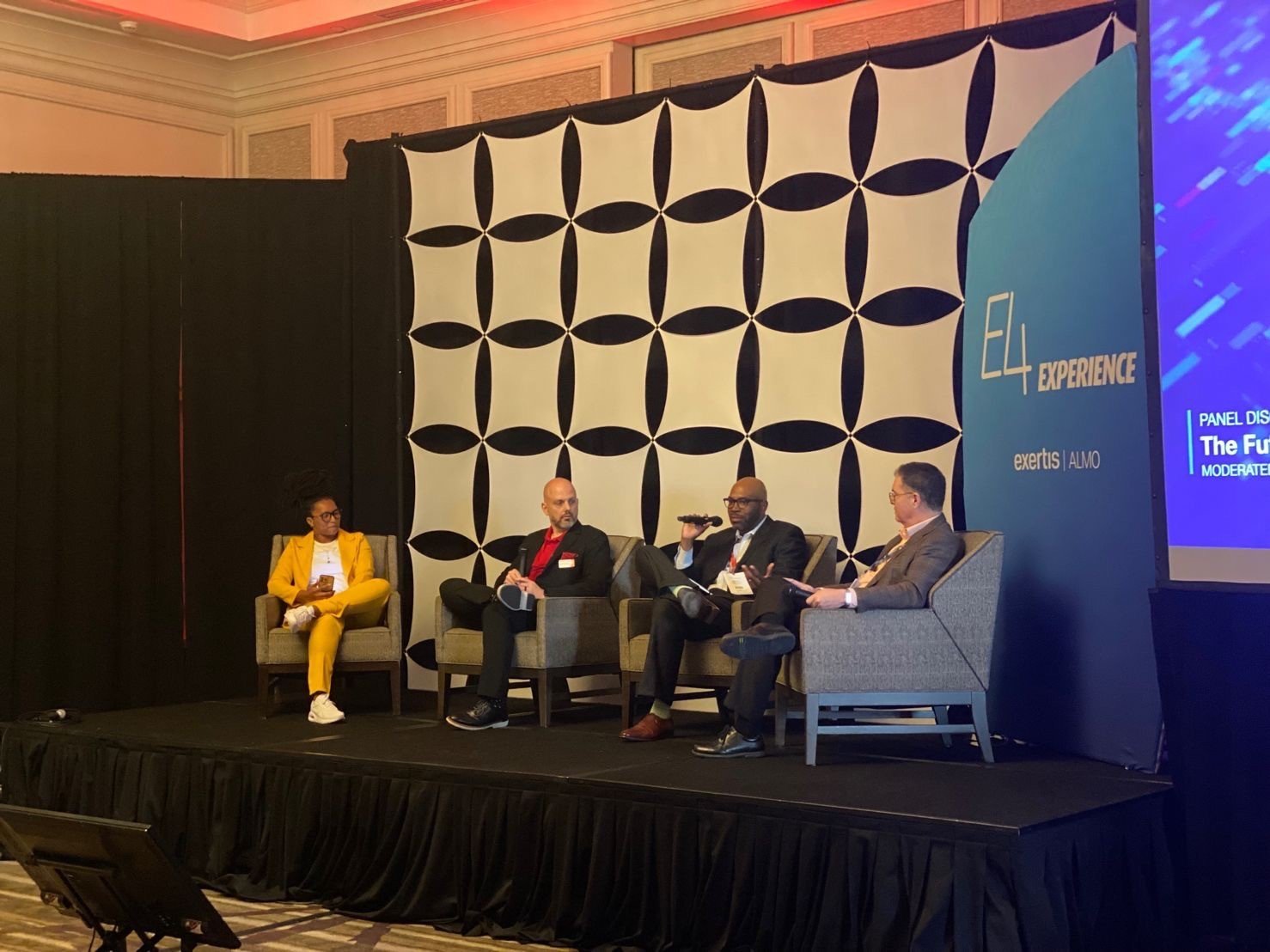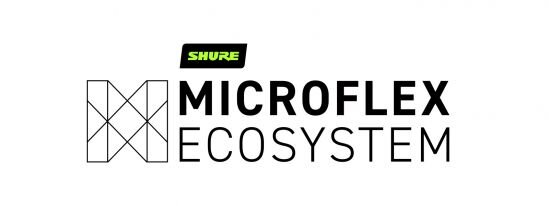Too Good to Be True: How to Find Savings and Lifetime Commissions Right Under Your Nose
We’ve all had moments in our lives where something sounds “too good to be true.” What thoughts go through our heads? Perhaps we become skeptical, frustrated, even possibly teetering on paranoid because we think the rug is about to be pulled out from under us. As I have always said in my blogs, I am a customer just like everyone else and I have had PLENTY of these moments in my life. It is because of those moments that I truly value what is happening in the Telecommunications space right now.
For those not up to speed, “telecom” essentially refers to the services we all need and use each day: Internet, Voice, TV, Mobility, Security and many others. Think of it as the traditional bundle you have in your homes. Now think about how much you pay for those services and how you probably wish you had additional options to find better savings. When it comes to commercial telecommunications, I am here to shout from the rooftops THERE ARE SO MANY OPTIONS OUT THERE! If you want to save money and get paid at the same time, it’s best you continue reading because I am about to peel back the proverbial curtain and let you in on some secrets.
Still with me? Good! Because here are two primary methods that illustrate how you can identify savings and earn commissions on the ESSENTIAL services that commercial customers (you included) use each day along with case studies of real customers:
Method 1 - YOU ARE YOUR BEST CUSTOMER
What better way to achieve a win/win scenario than by looking at your own services? I’ll give you two examples: In 2020 I began working with one of the largest AV Integration firms in the US, ranked in the top five in 2023 according to recent published lists. We started with eight satellite offices, where the goal was to first make sure they weren’t overpaying and secondly to try and improve performance. We individually focused on each location, asking a series of qualifying questions to determine what their actual needs were. For example, if one office operated with a part time receptionist and 1-2 salespeople come in once per week, there probably isn’t the need to pay for an expensive dedicated fiber circuit. We followed this process for all eight locations. At the end of this process, we downgraded the service for some due to costs/needs, and others we upgraded and switched providers.
When all was said and done, we achieved annual savings of nearly $37,000 per year in the first 12 months. They went from a cost of $70,200 per year down to only $33,600 per year, more than a 50% savings! Since 2020, we have done over 15 other locations for this integrator and the savings only add up from there. The best part isn’t even the annual savings, but that they essentially sold the services to themselves and now earn a monthly commission on top of it. When you align yourself with a telecom master agent such as Exertis Almo Pro AV, you not only uncover similar cost-reductions but earn lifetime monthly commissions simultaneously. That results in even more in savings!
Another great example is a name you are probably very familiar with: PSA. I began working with them in 2018 on three offices. By following the same process outlined above we were able to achieve a “win/win” where we not only found annual savings but commissions to boot! These savings amounted to roughly $3,000 per year and we upgraded the internet speed in the process!
The key is to not only look at costs and internet speeds but to identify the needs of the business. Seeing so many companies going to a hybrid workforce post-pandemic I can guarantee there are savings to be had. You only have to look.
Method 2 - EVERYONE NEEDS INTERNET!
I know that sounds like a horrible, generalized statement, but it’s the mindset I bring with me each day. Much like our homes, where our security systems, thermostats, tablets, tv, appliances and even lights are tied to our network that’s how it is in the commercial space. The only difference is it can be on a grander scale.
What would happen if the internet went down at a major hotel resort? Would it leave guests stranded in the lobby unable to check in? What about a restaurant? Would it shut down their POS and guest entertainment? We all saw what happened in 2020 when “shelter in place” demanded that houses of worship shutter their doors. Many were unable to stream services, causing their congregation to look elsewhere. Now think about how many commercial customers there are in the US who use internet services. Add in those that use voice services, TV services… and think about how many have some type of wireless phone plan for their employees, etc. The opportunities are almost endless! Imagine if you were able to grab just a piece of that, a small sliver if you will. These services are all services you could easily offer to your customers while providing a ton of added value and earning those commissions I mentioned earlier. I have a partner here in Pennsylvania who I met back in 2018. He mentioned he always gets asked about internet services, but all he was able to do had a “handshake deal” with the local Comcast rep he knew. Once I learned he made no commission on those deals he brokered we began working together on his projects. He has now become my #1 partner in terms of quantity of sales.
Looking at these two methods I assume some of you are thinking “okay, where is the catch” or possibly “what will this cost me to use?” This is where I hop back on my soapbox and yell the following:
NO COSTS to you or your customers
THE MASTER AGENT DOES THE WORK FOR YOU. We vet options, build proposals and will even help close the sale for you. Post-sale we work with the suppliers to make sure everything goes smoothly during installation.
NO MARK-UP. This is a personal favorite of mine because a lot of master agents will mark up pricing, thus making it more expensive. This is something that Exertis Almo does not do, thus our pricing is identical to what is advertised nationwide.
NO SALES QUOTAS. A huge benefit of working with a master agent is there are no sales quotas. Exertis Almo is excited to help you with any project needs, whether that is once per day or once per year!
Given all of this, how many of you have had the “lightbulb” go off and think it’s time to pull out that dusty internet, voice or TV invoice and see if there are savings available to you? While savings and commissions can certainly vary for each opportunity, the key is to take action. No cost, no mark-up, no quotas = No Risk! I would love to take a look at your locations and allow Exertis Almo the opportunity to add savings and commissions to your bottom line in 2024!
ABOUT THE AUTHOR
Rob Voorhees, Business Development Manager II - Technical Specialist
Exertis Almo Pro AV
Rob Voorhees loves helping people, both personally and professionally. He appreciates that his customers have needs, wants and problems that he can help fulfill and solve. A/V and Telecommunications are his lifelong passion as well as a personal hobby. Living by the philosophy of “it’s not work if you’re having fun,” Rob brings a level of infectious passion and polite aggressiveness to every A/V project he takes on, delivering results and satisfied customers. He thrives on education and learning, achieving essential certifications in telecom (CTP and CTNS) as well as Professional A/V Certifications (CTS and DSCE). These certifications combined with his passion enable him to better serve his partners every day. Connect with Rob to explore how he may be able to help you at rvoorhees@exertisalmo.com.

















































